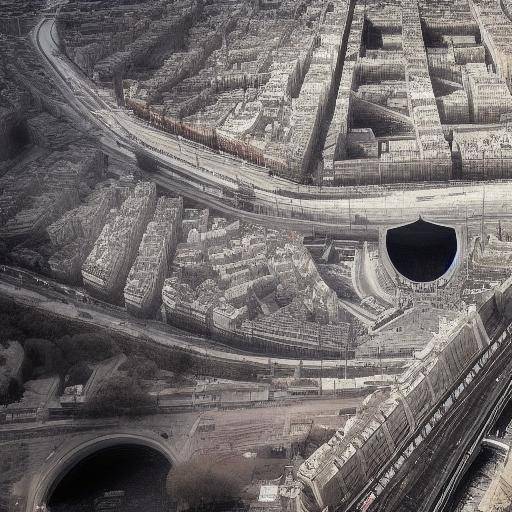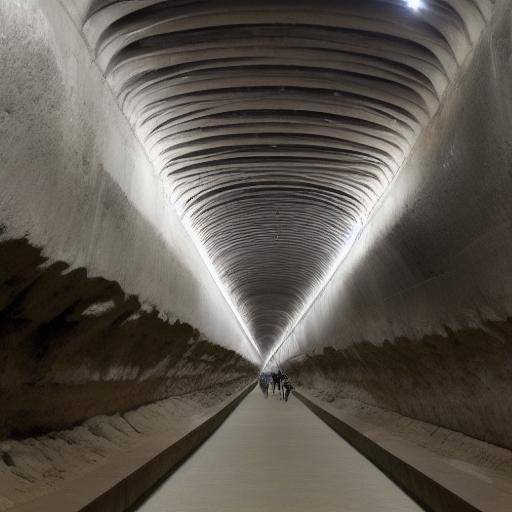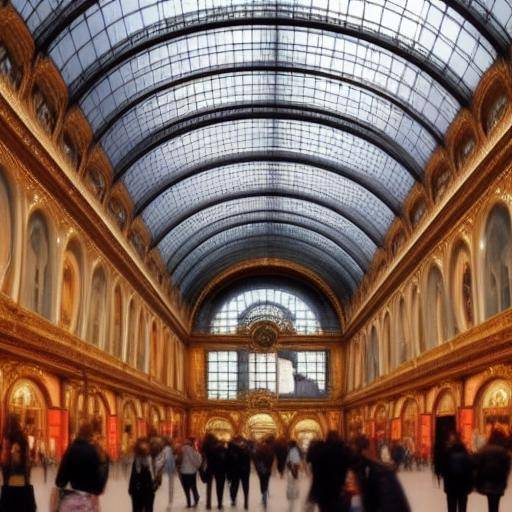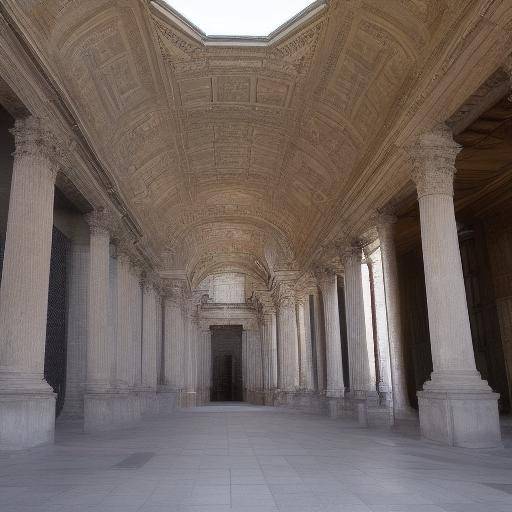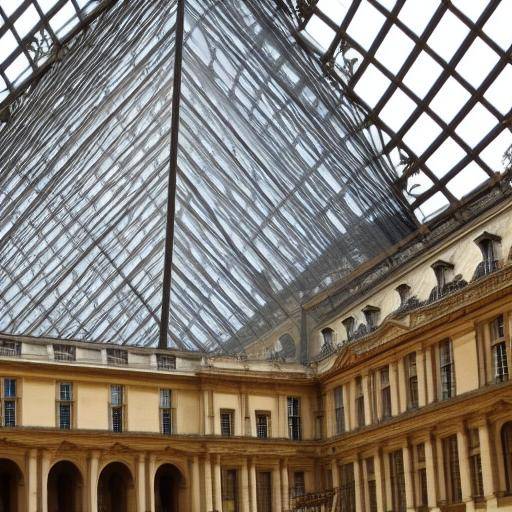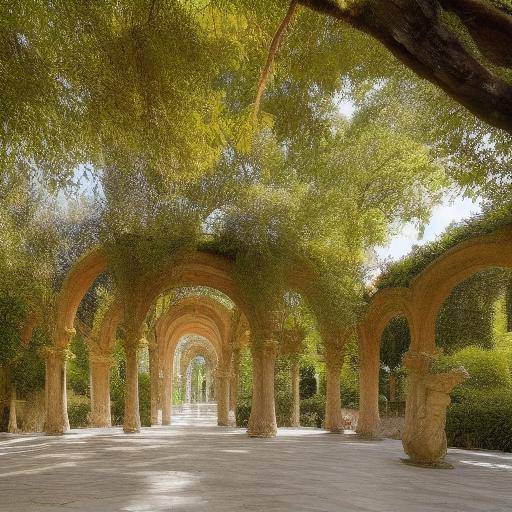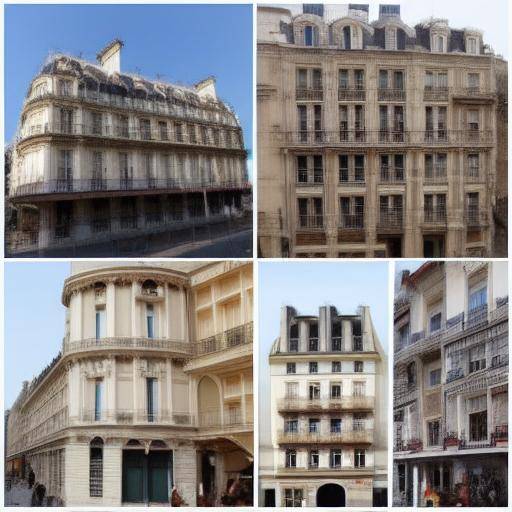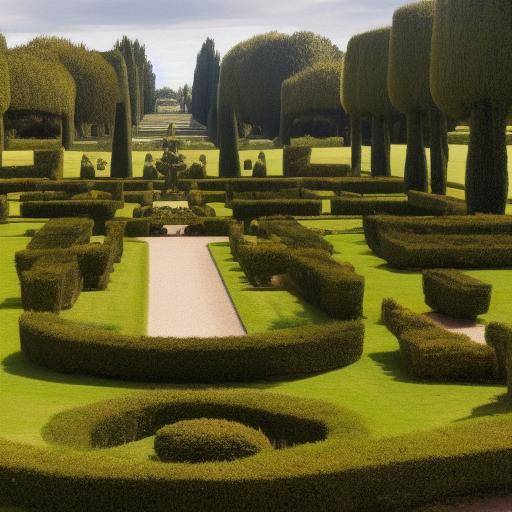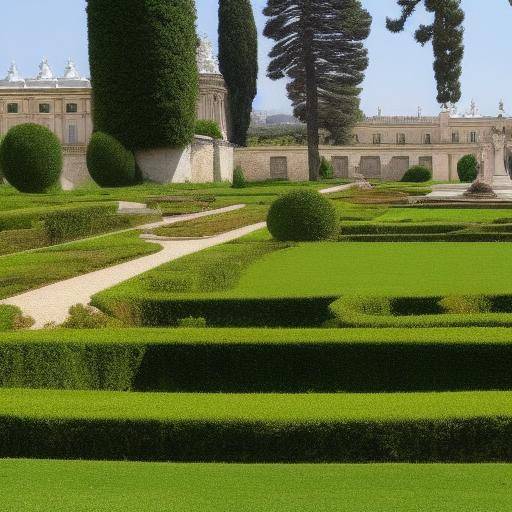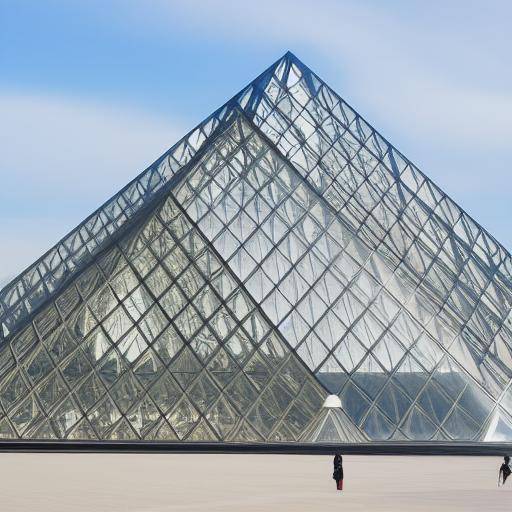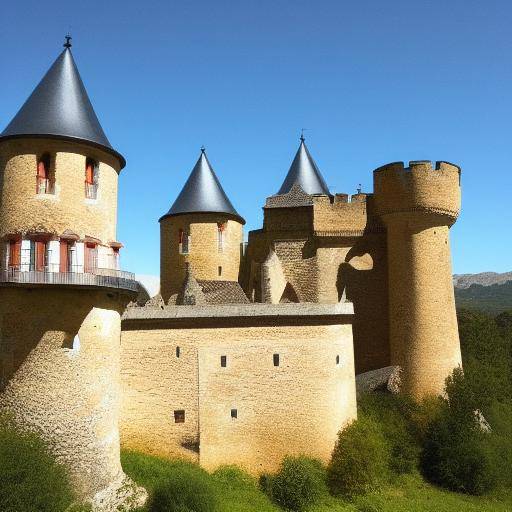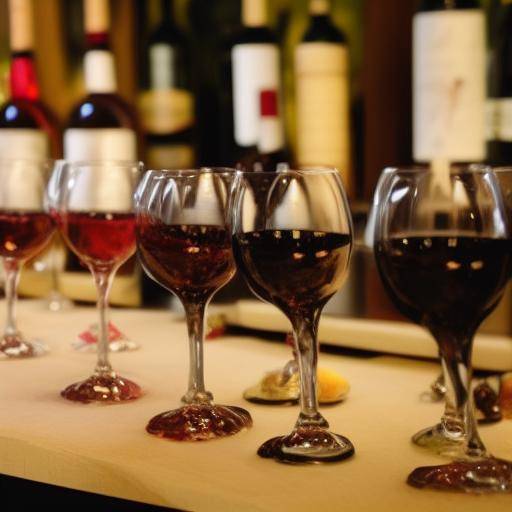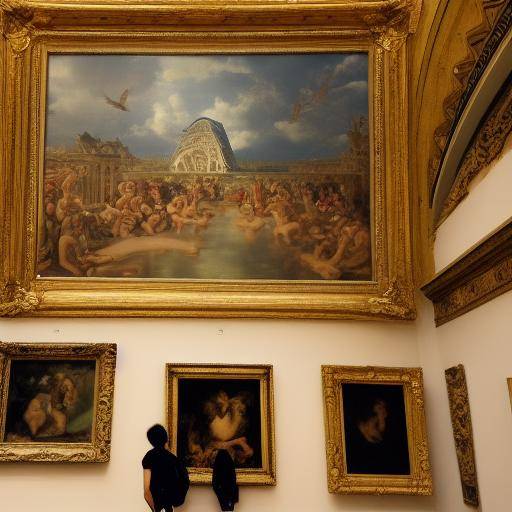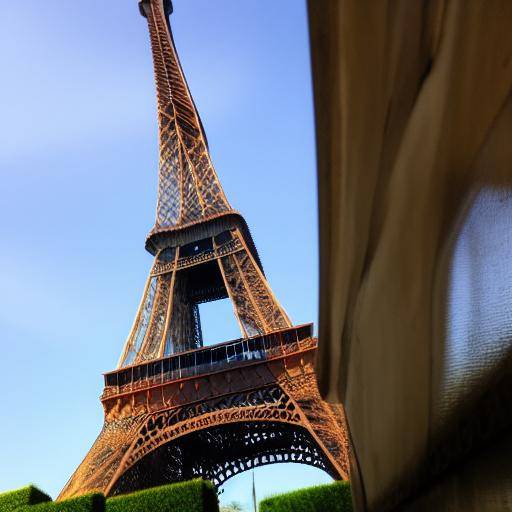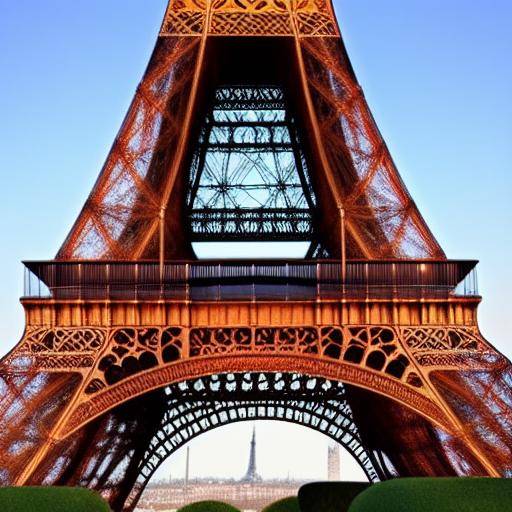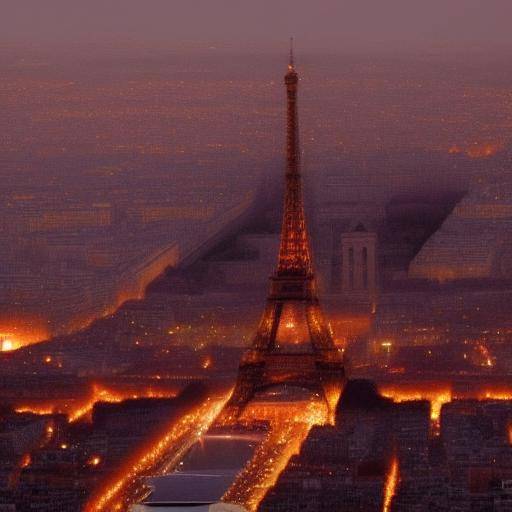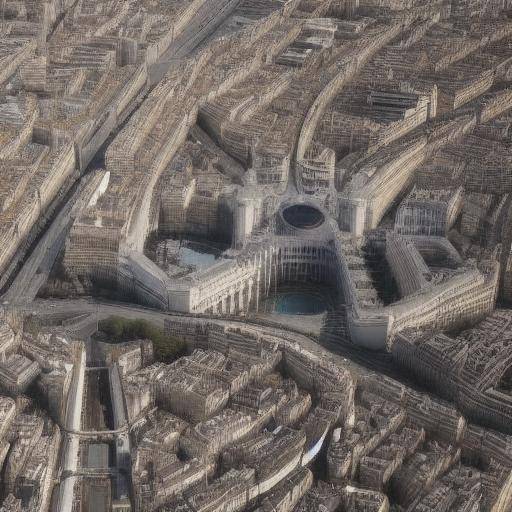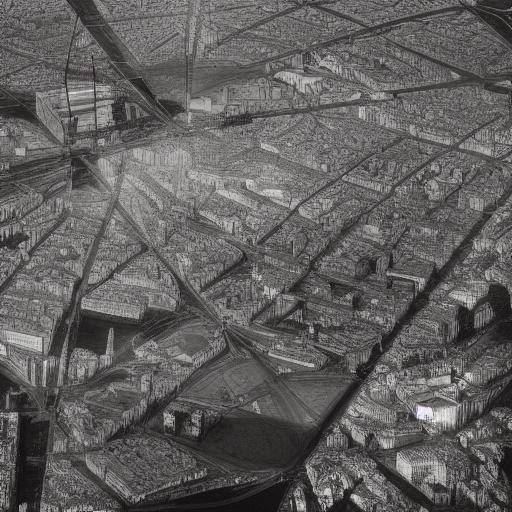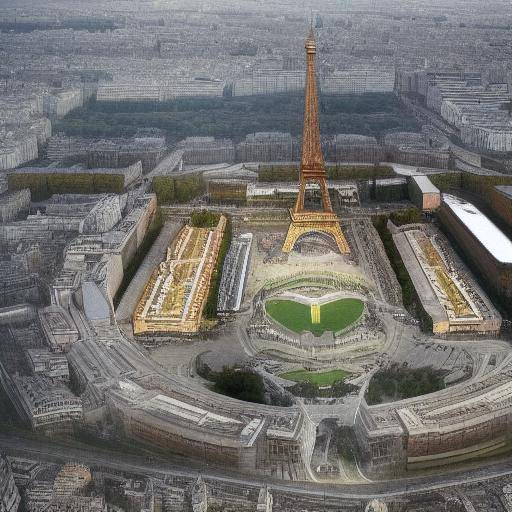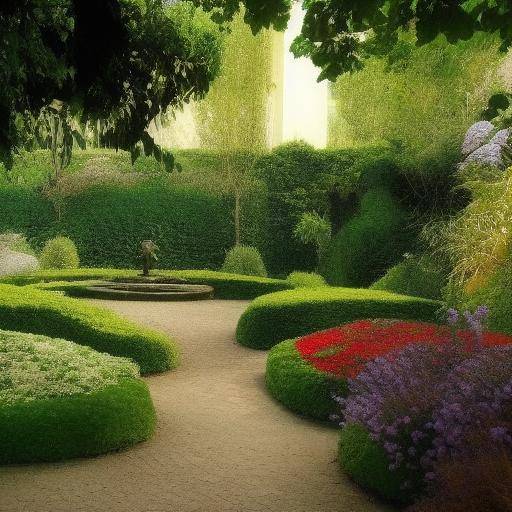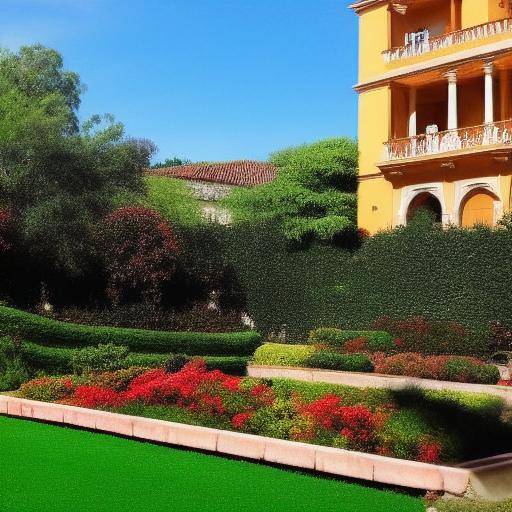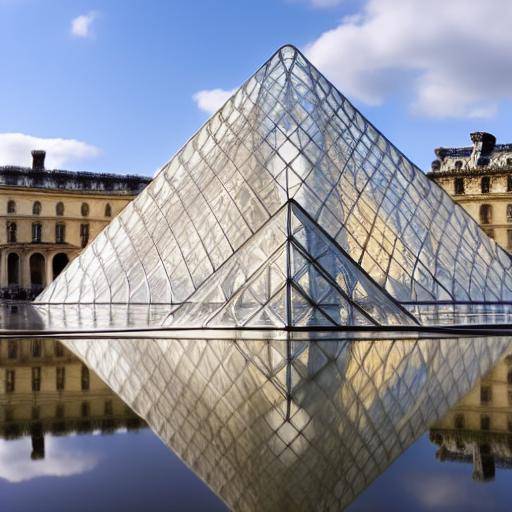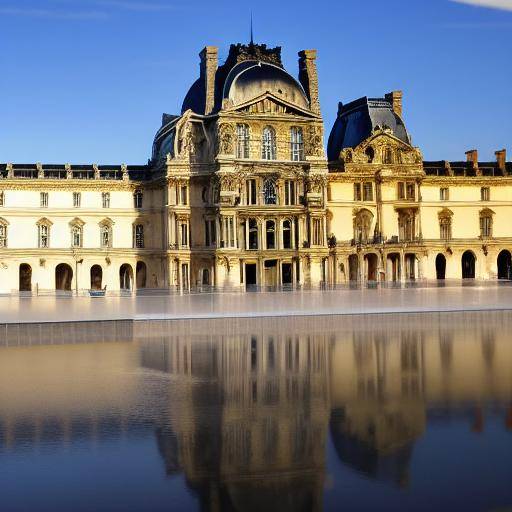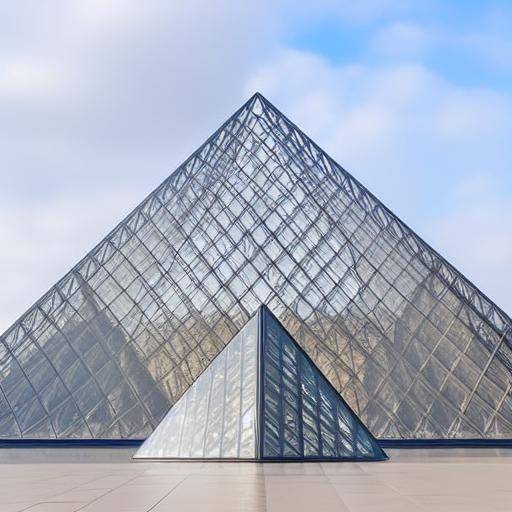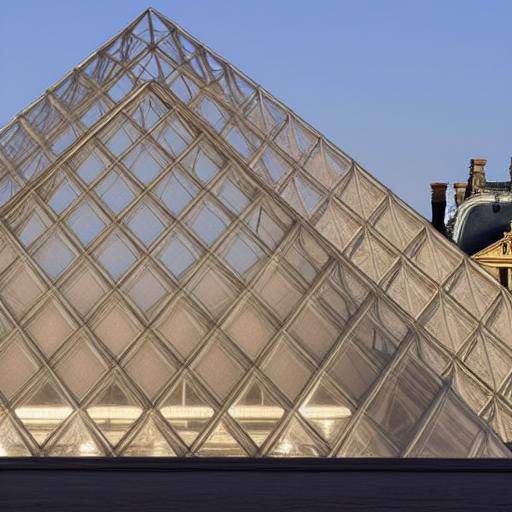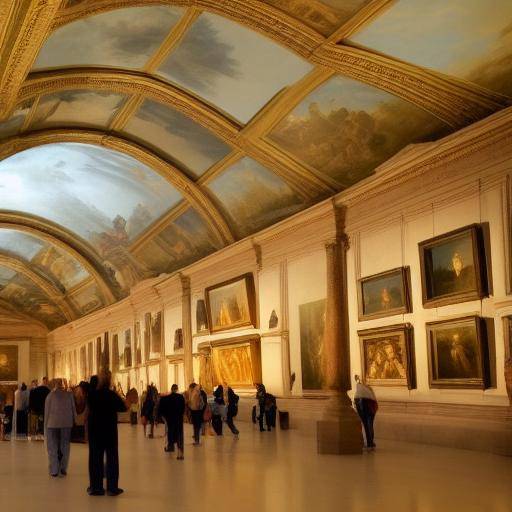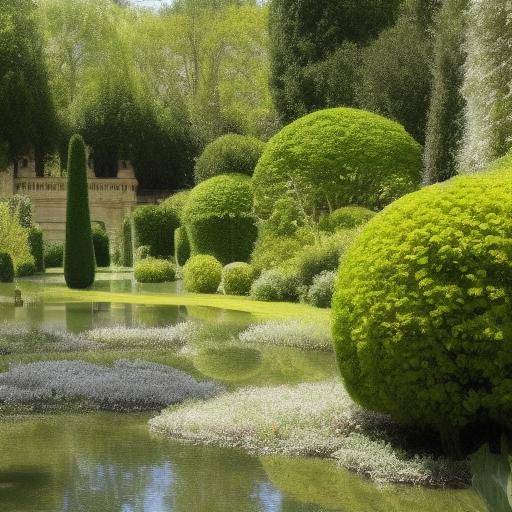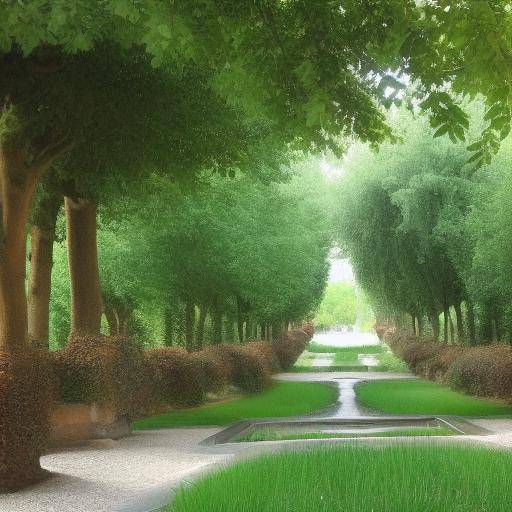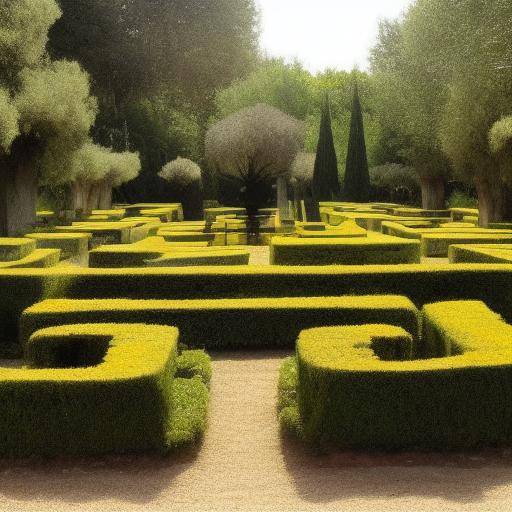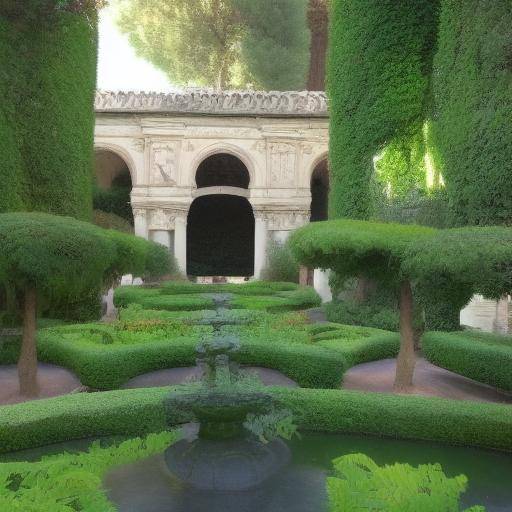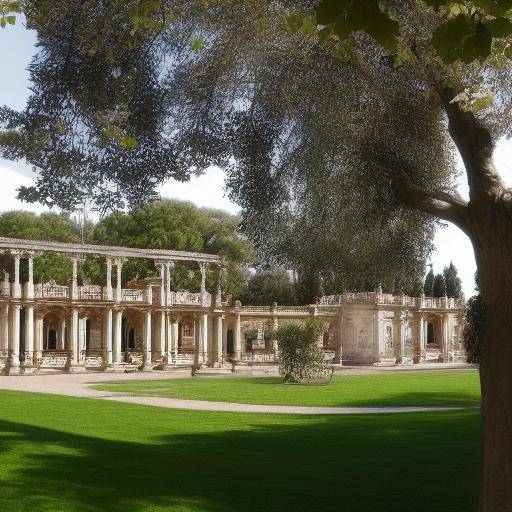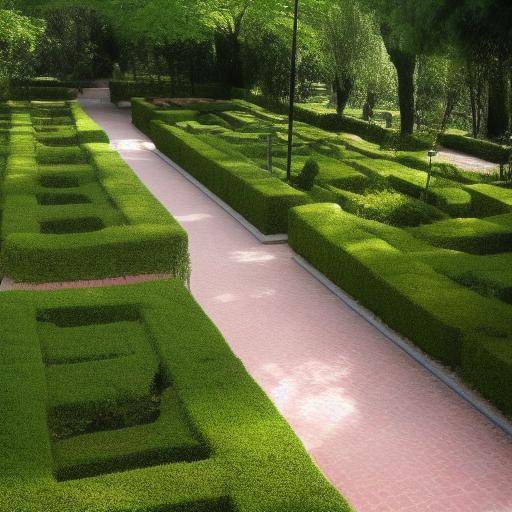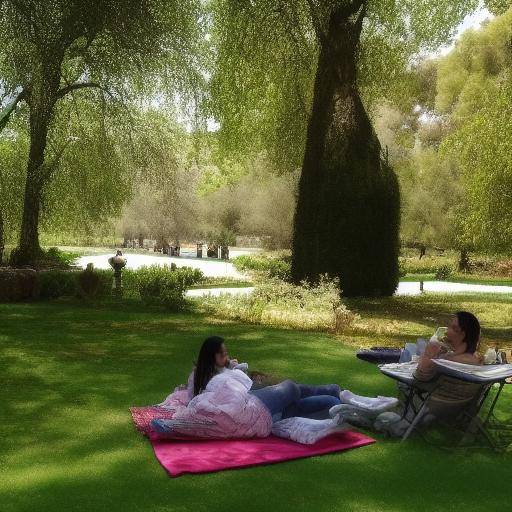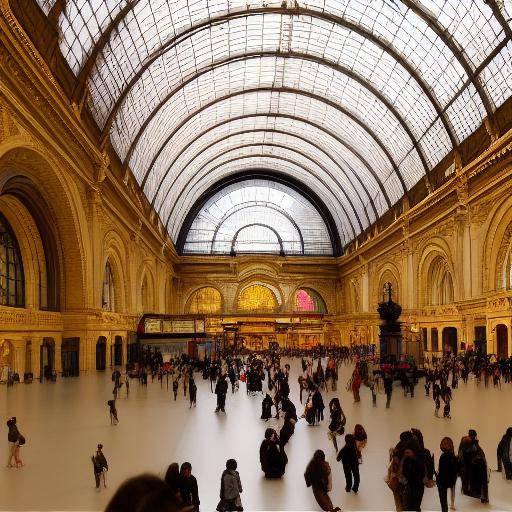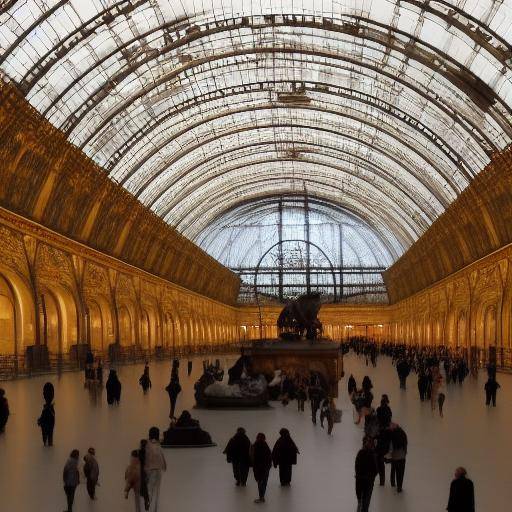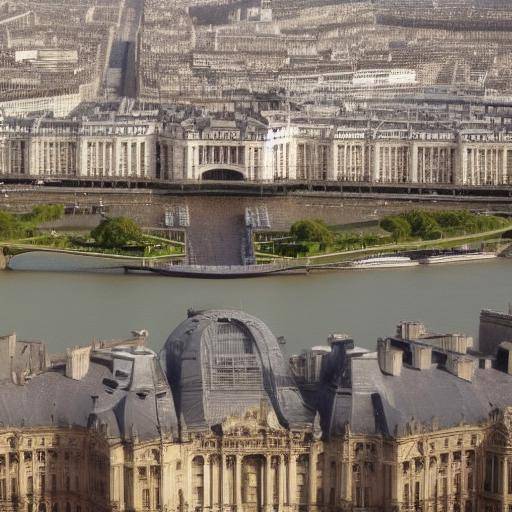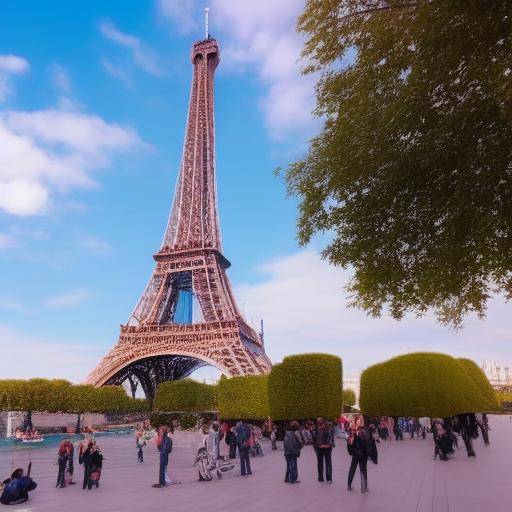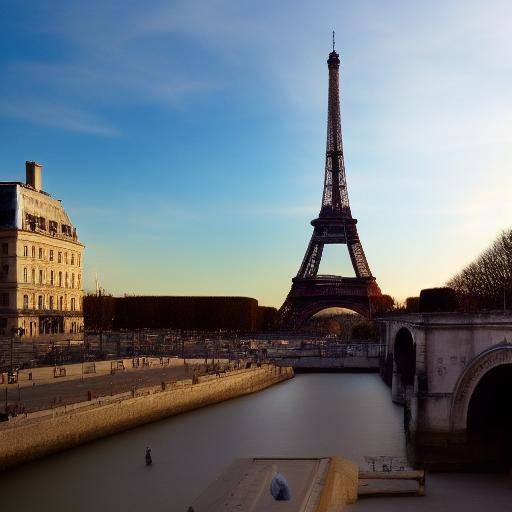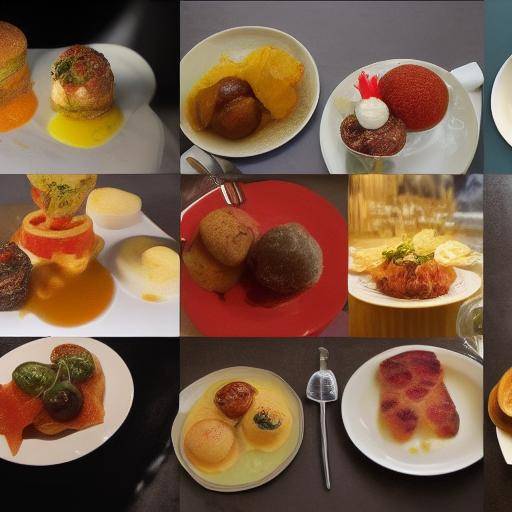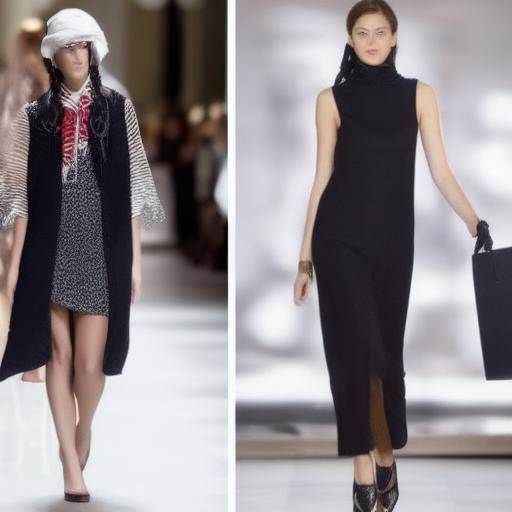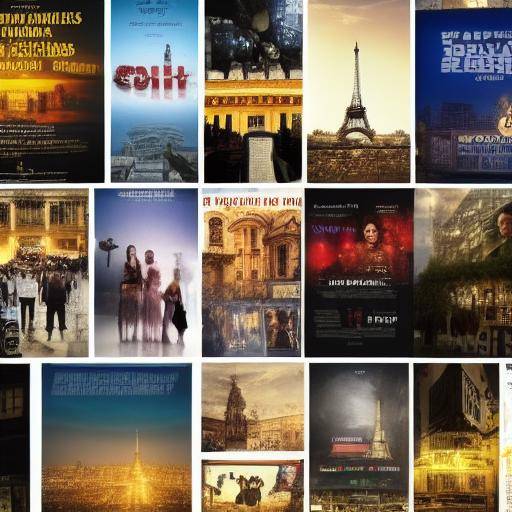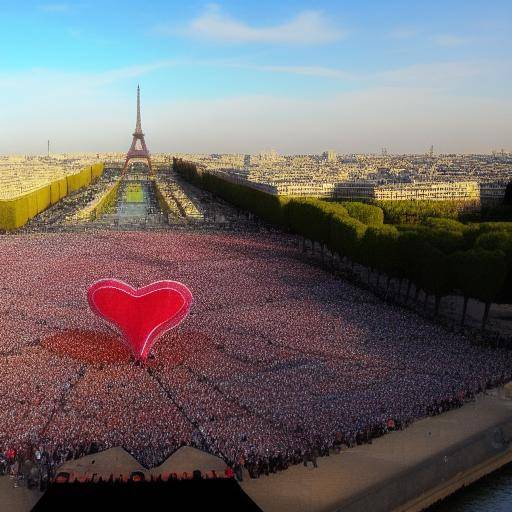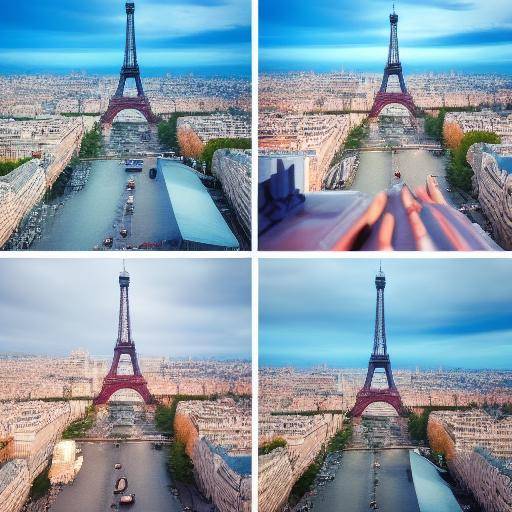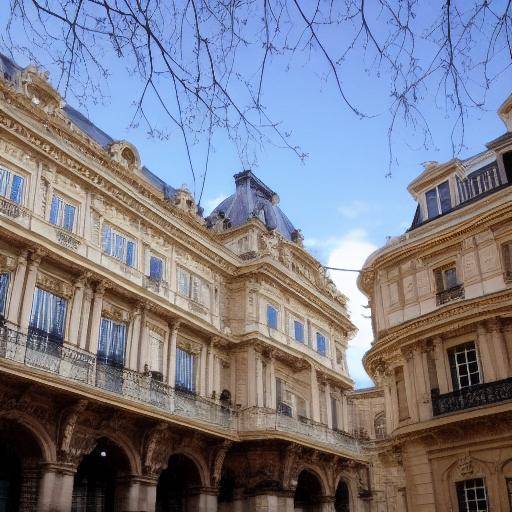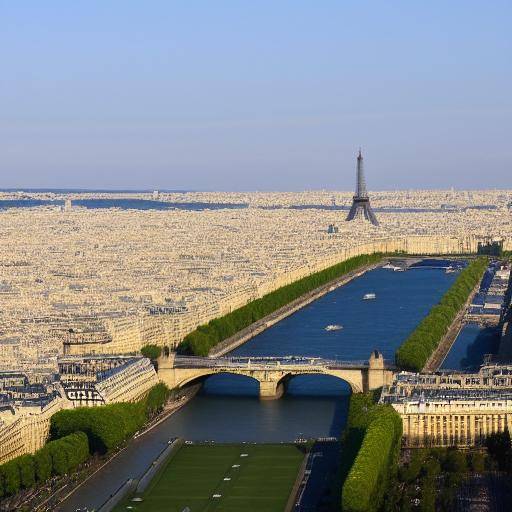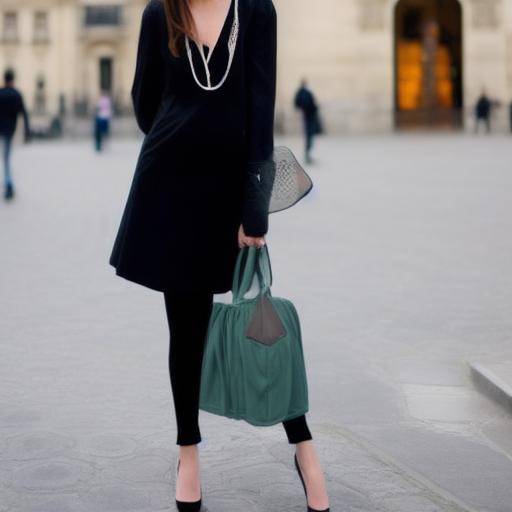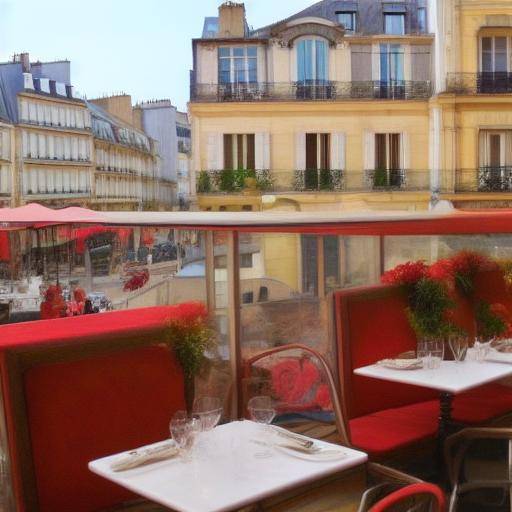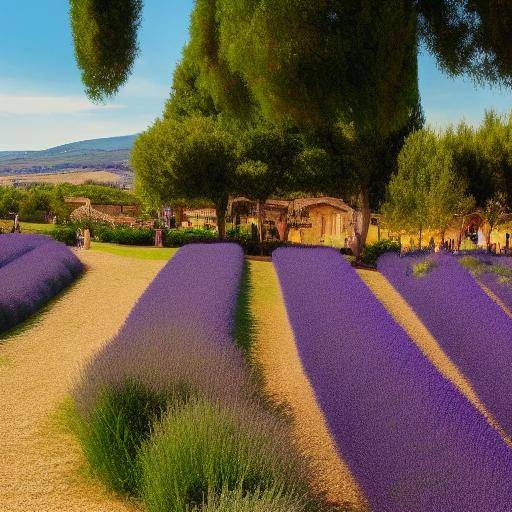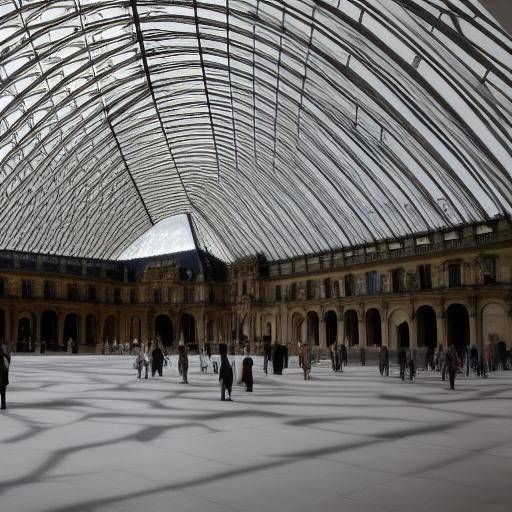
The charm of Paris spreads in its cobbled streets, cosy cafés and, above all, in its rich artistic heritage which is manifested in the iconic Louvre. This majestic museum houses treasures that transcend time, capturing the artistic essence of Europe. Join us in this exploration for history, art and incomparable beauty that converge in the heart of France.
Introduction
Welcome to an artistic journey that will lead us to immerse ourselves in the wonders of the Louvre, explore the charms of Paris and discover the cultural richness that defines France. From the imposing crystal pyramid that guards its treasures to the timeless beauty of its sculptures and paintings, the Louvre is a living testimony of human ingenuity. In this article, we will reveal the greatness of the Louvre, its influence in Paris and its impact on the artistic identity of France.
History and Background of the Louvre
The Louvre has its origins in the 12th century as a medieval fortress that later became a royal residence and finally one of the largest museums in the world. With deep roots in French history, this majestic building has witnessed political intrigues, architectural transformations and the evolution of art over the centuries.
Starting as a fortress, the Louvre became a symbol of real power during the Renaissance, hosting the monarchy's artistic collections. However, its true metamorphosis occurred during the French Revolution, when it opened to the public, democratizing access to art and culture.
Details: The Impact of the Louvre in Paris and France
The Louvre transcends its museum function to become a cultural emblem of Paris and France. Its influence extends beyond borders, attracting millions of visitors every year and positioning Paris as a world-renowned art centre.
- Benefits and Challenges:
- The presence of the Louvre benefits Paris in terms of tourism, economic growth and international projection.
- However, the maintenance of its vast collection, the preservation of its heritage and the management of the influx of visitors pose significant challenges.
- Current trends:
- The Louvre has adopted innovative digital strategies that allow an immersive online experience, reaching global audiences and adapting to technological trends.
- Opinions in Different Contexts:
- The perception of the Louvre varies among specialists in art, architecture, tourism and cultural management.
- Each perspective offers a unique view of the influence of the Louvre in Paris and France.
Integral Review: Paris, the Louvre and France in Comparison
The relationship between the Louvre, Paris and France is intrinsic and complex. While the Louvre represents a fundamental part of the cultural identity of Paris, its influence also extends to the French nation as a whole, fueling national pride and attracting visitors from all over the world to France.
- Applications and Best Practices:
- The Louvre has implemented innovative practices to preserve and promote its heritage, serving as a model for other museums in France and beyond.
- Perspectives of Experts and Future Vision:
- Recognized specialists in art and cultural management share their visions on the role of the Louvre in the context of Paris and France, projecting its evolution and future challenges.
Tips and Suggested Actions
If you plan to visit the Louvre, Paris or France, here you have practical advice to take advantage of your experience:
- Book your tickets in advance to avoid long rows.
- Choose thematic tours to enjoy the most interesting aspects, whether painting, sculpture, or Islamic art.
- Take advantage of mobile apps and guides for detailed information during your visit.
- Explore the surroundings of the Louvre and discover other cultural treasures of Paris.
Final Reflections
The Louvre is much more than a museum: it is a living testament to human creativity, a beacon of European culture and a symbol of the greatness of Paris and France. As we explore their rooms full of artistic wonders, we immerse ourselves in the vast cultural wealth that defines the essence of Europe, reminding us that art transcends borders and connects us to a deeper level.
Frequently asked questions
What is the best time to visit the Louvre?
The best time to visit the Louvre is during the spring and autumn, when Paris has a pleasant climate and there is less influx of tourists compared to the summer months.
What are the most outstanding masterpieces in the Louvre?
Among the most outstanding masterpieces of the Louvre are the Mona Lisa of Leonardo da Vinci, the Venus of Milo, the Victory of Samotracia and Freedom guiding the people of Eugène Delacroix, among others.
What other artistic attractions stand out in Paris?
Paris hosts a lot of artistic attractions such as the Orsay Museum, the Pompidou Centre, the Garnier Opera and various monuments that decorate the city.
How does the Louvre influence the cultural identity of France?
The Louvre is a symbol of France's rich cultural heritage and a fundamental reference point in the country's historical, artistic and social narrative.
What are the current measures to preserve the art of the Louvre?
The Louvre uses advanced conservation and environmental control techniques to preserve works of art, as well as to continue researching on innovative methods of preservation.
What is the importance of the Louvre in the context of contemporary art?
The Louvre not only exhibits classic art, but has also incorporated works of contemporary art, contributing to the evolution of art in the current panorama.
Conclusion
Submerged in the Louvre is to embrace an intrinsic part of the cultural legacy of Europe. Paris and France, in turn, rise as guardians of this artistic treasure, captivating the world with its incomparable splendor. In exploring this triad of art, history and beauty, we embark on a journey in which the past and the present intertwine, inspiring and enriching our understanding of the very essence of art and humanity.

